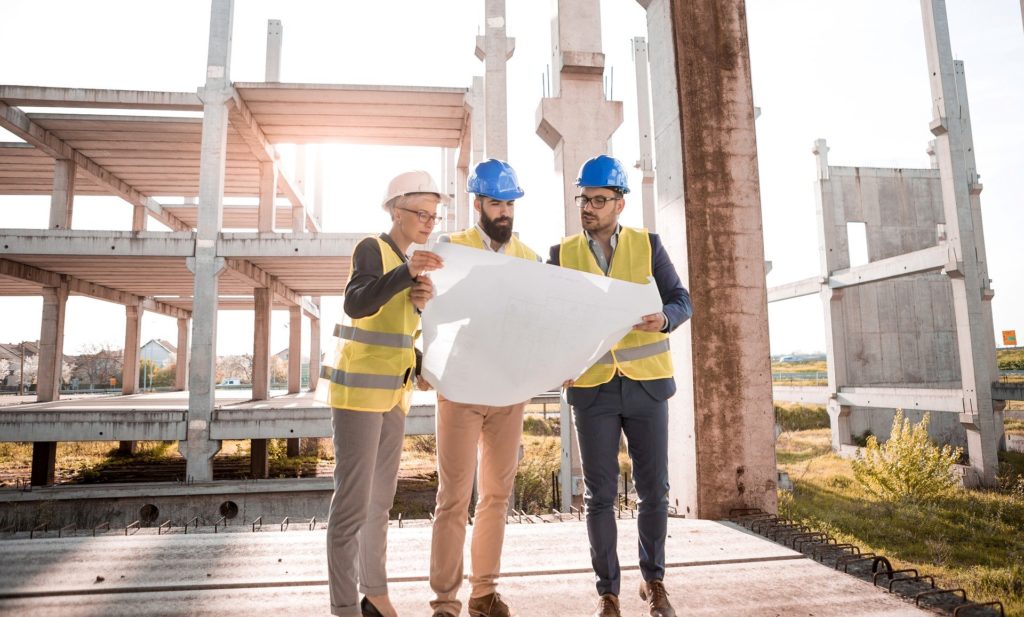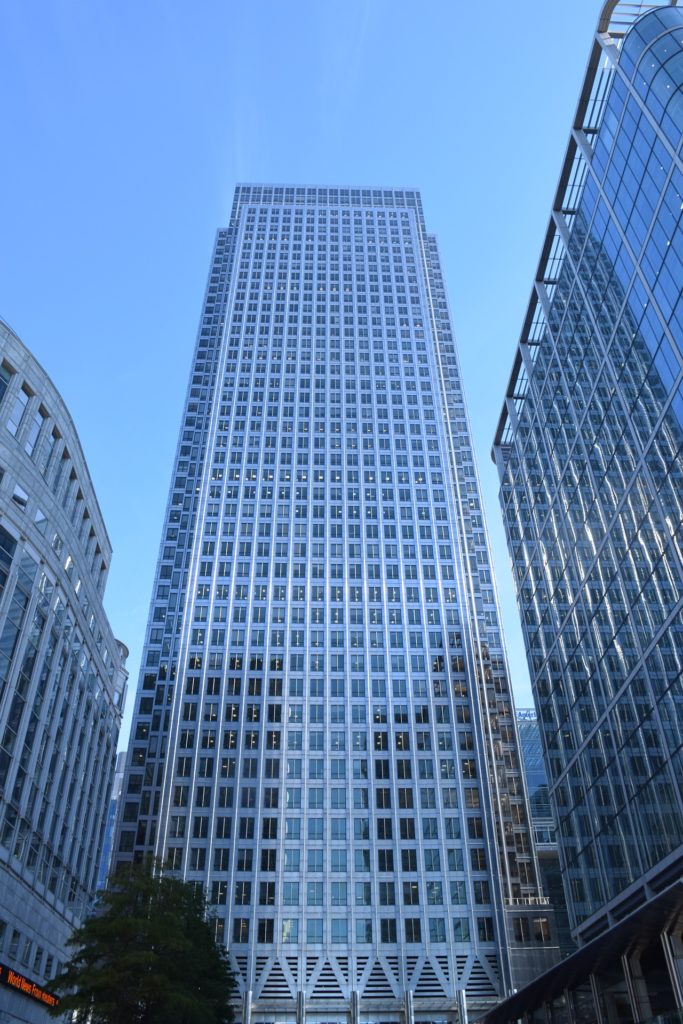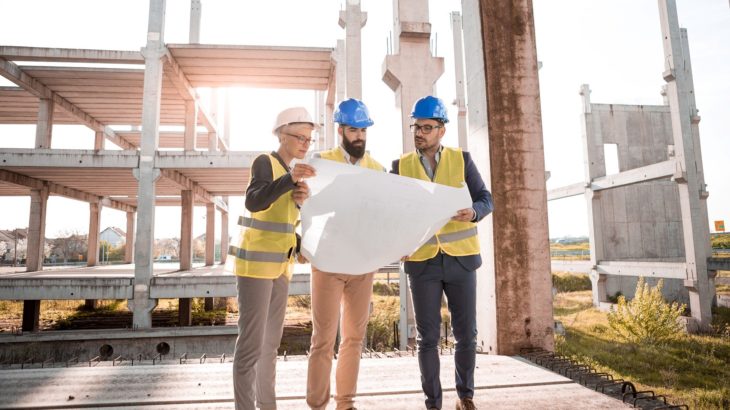
What Is Civil Design?
Civil design is one of the oldest branches of engineering and is usually undertaken by civil engineers. While it is common for people to link civil engineering with the design and construction of large projects such as the Brooklyn Bridge and the Panama Canal, it is by and large a misconception. It is not wrong to assume that civil engineers are responsible for the design of public works. But their job is not limited to just that. Civil engineers are not only responsible for the maintenance of the infrastructure used by the public, but they also handle the planning and design of other structures.
Civil design also refers to measuring the dimension of a structural item and finding out the amount of materials that will be needed in the construction. The civil engineer will also ensure that these materials are sufficiently strong to withstand all types of loads and forces that will be applied to that structure. Based on his calculations the engineer will also find out if the materials are cost-effective and if they provide serviceability. If you are unsure of who to contact, you can always go to companies that offer a wide range of services with regards to construction.
What Is Building Design?

Simply put, building design refers to architectural and engineering applications to the designing of buildings. All building designs are undertaken by building designer. Depending on the size of the project, building design can be carried out by a licensed architect, a building designer, a draftsperson, a contractor or an interior designer. Smaller building projects typically do not require a licensed professional and can be handled by building designers, contractors, draftspersons, or interior designers. Larger building project, on the other hand, requires the services of licensed architects. They may also hire additional professionals that are trained in specific aspects of building designs.
Experts are hired to draw up building designs so as to ensure that the building can stand the local climate without requiring any additional adjustment and without requiring additional energy consumption. Building designers also planned with locally available materials in mind – it would cost a lot more to have to import materials for a large and complex project. With the advent of modern materials and construction methods, building designs have walked away from climate-conscious designs. But with climate change and the price of electricity rising, businesses can no longer rely completely on mechanical and electrical systems for the proper functioning of their building. Hence, it is important to include harmonious blending with the local climate in the planning process.
What Is Structural Design?
The role of structural design is straight forward. A part of structural engineering, which is a sub-division of civil engineering, structural design can be defined as a methodical investigation meant to find out the safe and economical specifications of a structure. It is a tool by which engineers can determine the cross-sectional dimension (which is the size), grade of material and amount of reinforcement required for specific structural parts to withstand the internal forces that will be applied on the structure. It is important to correctly predict these internal forces as they illustrate whether the structural element will be able to carry the predicted load safely. The calculation is obtained from structural analysis.
The objectives of structural design can, therefore, be summarised thus:
- Ensure that the structure that is being constructed is capable to withstand all applied loads.
- Ensure that the structure does not fail during its service life.
- Determine the economic dimensions of structural members.
- Investigate the strength, stability and rigidity of structures
Structural design is a process that has passed through a long and still continuous phase of improvements, modifications, and breakthroughs in its various research areas. Which is why all structural analysis has to be carried out by structural engineers who are trained to design the structural elements accurately as well as supervise during construction. Their job is to ensure that the implementation of the structural design is done properly.
Take Away
Although all part of a branch of engineering, building designs, civil designs and structural designs are not all the same. Civil designs and structural designs are a bit similar except for the fact that civil designs are concerned with infrastructure projects and systems exclusively while structural design is typically used for projects involving large buildings and any other weight-bearing structure. Building designs, on the other hand, are concerned with the maintenance of a built environment.
If you are looking for a company that can offer you all these services and more, consider looking at mtaConsult. Based in Melbourne, they also offer other services such as reinforced concrete investigation, concrete carbonation testing, concrete cement testing, covermeter survey, site investigations, underpinning and civil construction.




















